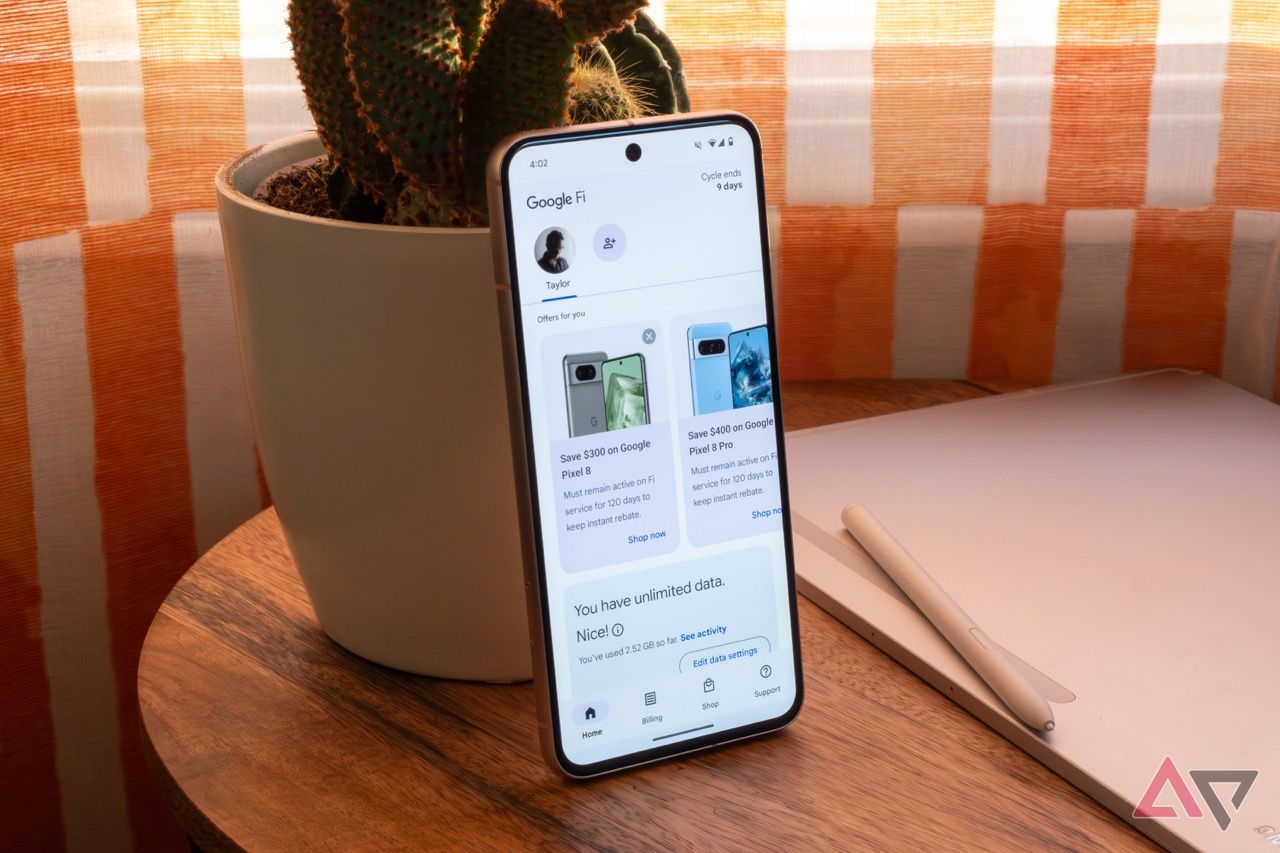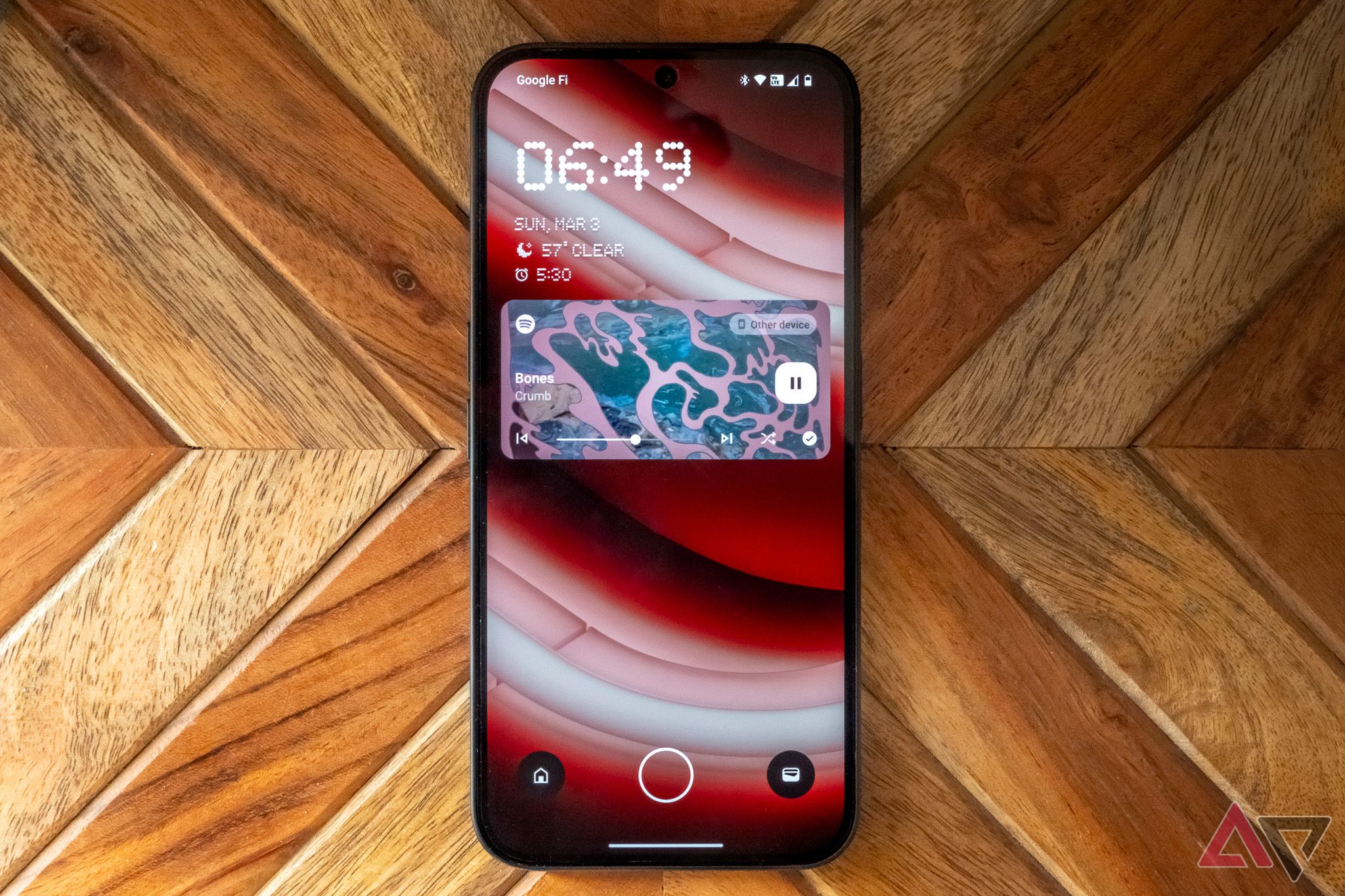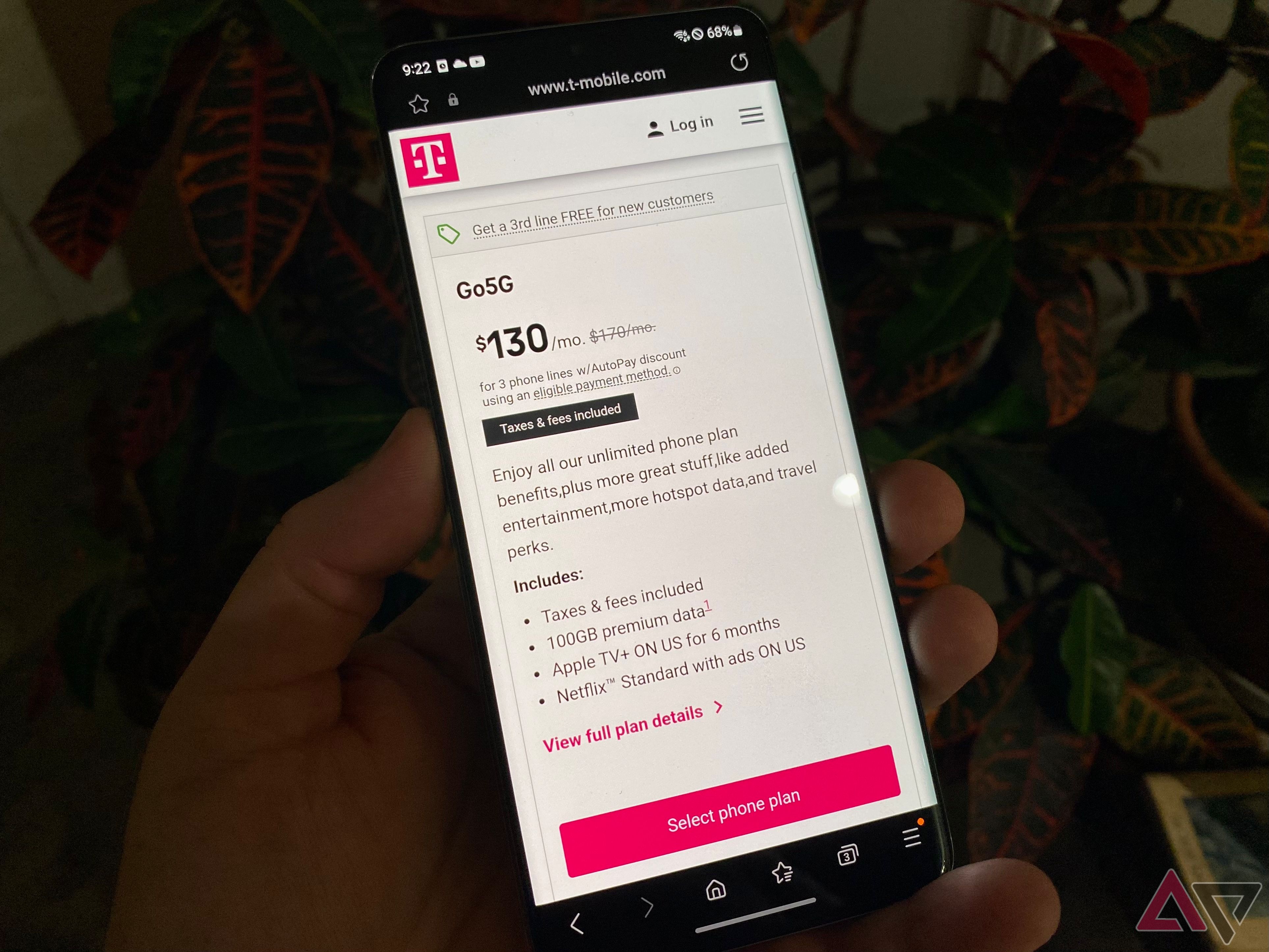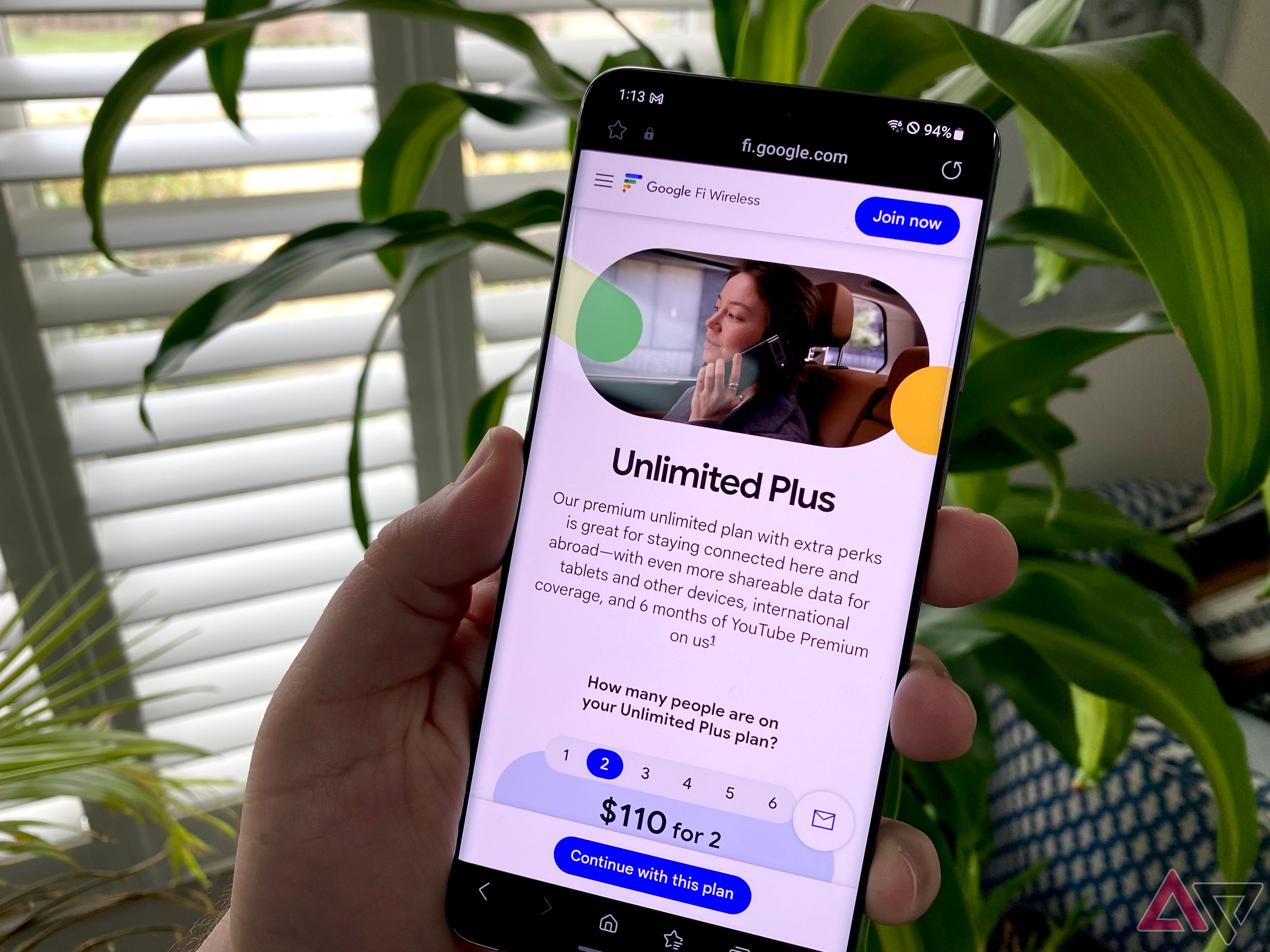If you want coverage on the T-Mobile 5G network, you have a solid selection of prepaid and postpaid options. Google Fi, for example, uses T-Mobile for most of its coverage, with some Wi-Fi coverage in some cities. For most people, the T-Mobile network is a great choice with strong nationwide 5G coverage, including mid-band spectrum, which has made it one of the most performant networks. Even so, Google Fi’s plans are different enough from T-Mobile’s postpaid offerings to make them a worthwhile alternative.
There’s no doubt that T-Mobile offers more data than Google Fi with totally unlimited data, even on its cheapest Essentials plans. If you’re someone who uses more than 50GB of data in a month with no desire to curb your usage, T-Mobile is the obvious choice. But for many others that make good use of Wi-Fi or simply use less data, Google Fi can still be a good option with excellent intention roaming features, a data-only SIM for your tablet, and free smartwatch connectivity.
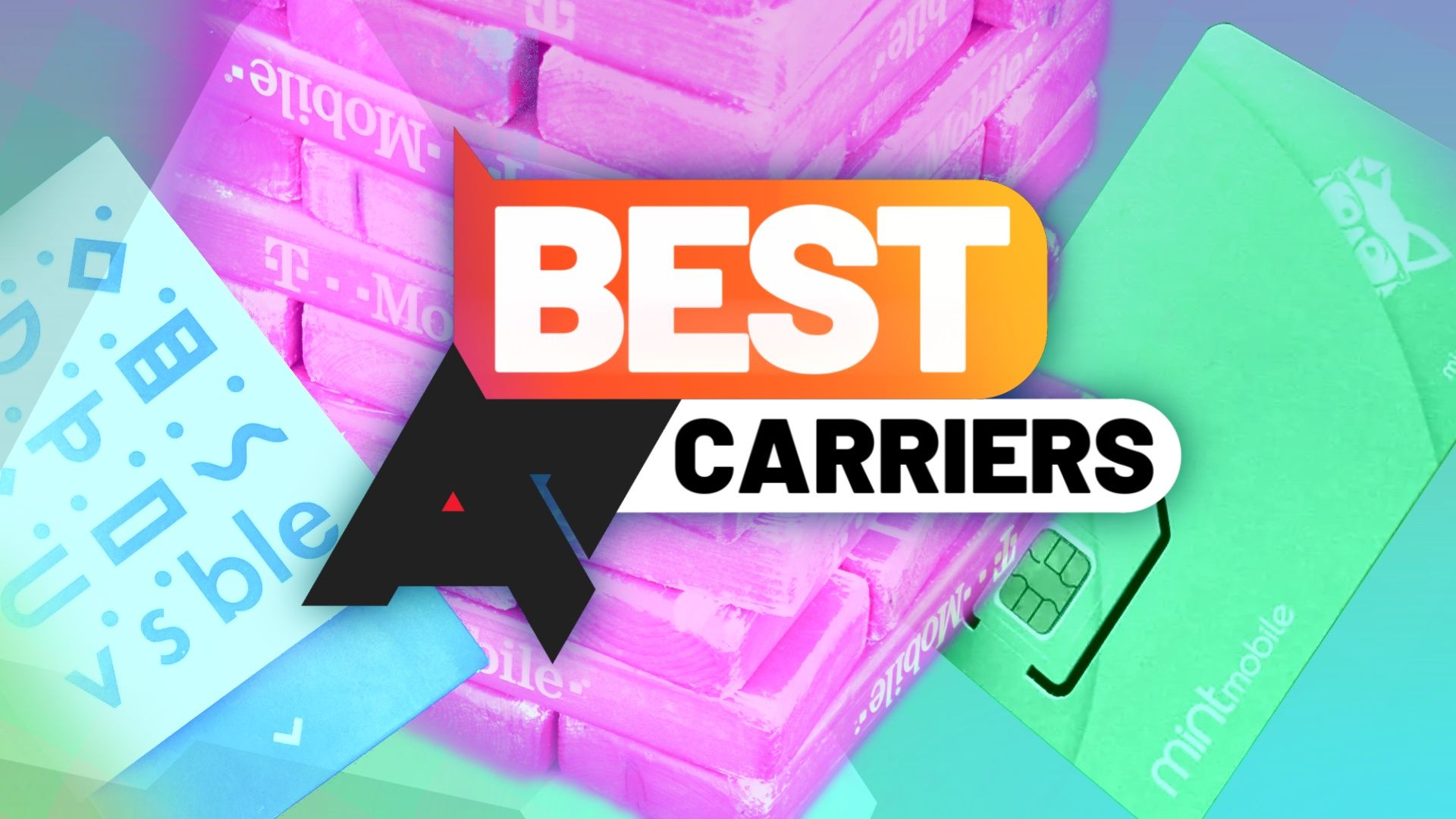
Best phone carriers in 2024
There are a ton of plans to choose from, but the best network mostly comes down to coverage in your area
Mobile carrier features
T-Mobile is a fairly standard postpaid carrier at the end of the day with several unlimited plans that differentiate themselves with premium data, hotspot data, streaming perks, and international travel features. Even T-Mobile’s cheapest Essentials plans offer unlimited data with 50GB of premium data. If you’re a heavy user, T-Mobile could very well be worth the price.
T-Mobile includes Netflix Standard with Ads and Apple TV+ with some plans, so users have something to stream with all of their data. This is a nice inclusion, but it must be mentioned that Netflix Standard with Ads doesn’t include the full Netflix catalog. You can upgrade to a better Netflix plan with a discount, however.
When it comes to pricing, T-Mobile includes taxes and fees in the cost of all but its Essentials plans. The carrier also offers discounts for seniors, military members, veterans, and first responders. If you end up choosing T-Mobile, be sure to get your discount if you qualify. One thing to keep in mind is that T-Mobile has eliminated its Price Lock feature, which prevented them from raising your rate, so new customers won’t have access to this benefit.
Google Fi has developed into a competitive carrier with three plans available, and a slew of interesting features. Google Fi became known for its international coverage offering data roaming in over 200 destinations with its Unlimited Plus and Flexible plans. Its Simply Unlimited plan still gets roaming in Mexico and Canada. This international support has long made Google Fi the obvious choice for globetrotters. T-Mobile offers similar international coverage on its top plans, but only includes 5GB of high-speed data per month, while Google Fi lets you use all of your data abroad if you please.
On Unlimited Plus and Flexible, Google Fi also offers a free data-only SIM that uses the same data as your primary plan. If you have a tablet you’d like to connect, or simply want the option to carry a second phone without turning on hotspot data every time you want to use it, you can. A smartwatch can also be added with no extra cost on all Google Fi plans, though, you’ll need to use the Pixel Watch, Pixel Watch 2, Galaxy Watch 6, or Galaxy Watch 5 Pro. Other watches can connect with Bluetooth.
Google Fi doesn’t include taxes and fees in its prices, so you will end up paying a bit more than the sticker price. Luckily though, Google Fi’s app is easy to use and lets you modify your plan at any time. If you find you need more data than you had expected, for example, you can step up to a bigger plan from the app. Similarly, if you’re back from your vacation abroad and no longer need as many international features, you can step your plan down to save.
Mobile coverage and reception
Both carriers use the same T-Mobile network for most of their coverage, with support for LTE and 5G. As expected, T-Mobile customers have full access to the 5G network, including T-Mobile’s mid-band spectrum and 5G carrier aggregation with a supported phone. T-Mobile’s network hasn’t been traditionally known for its coverage outside of cities and towns, but in recent years the carrier has been making great strides toward improving coverage in rural areas. The carrier also supports roaming in some areas where it doesn’t have coverage.
T-Mobile uses band n71 for its nationwide 5G coverage thanks to its low frequency, which can make the most of existing tower locations. It has also been quickly deploying coverage on band n41, with n25 and n66 coverage in some areas, helping to improve speeds. For the most part, you’ll rely on band n71 or n41 for most of your coverage, with the latter referred to as 5G Ultra Capacity.
Google Fi customers have full access to T-Mobile 5G, including 5G Ultra Capacity, with no deprioritization. That means you’ll have coverage pretty much anywhere a T-Mobile customer does. Google Fi also has roaming agreements with free roaming, so you should also get strong coverage in most of the country. Google Fi also has additional coverage called W+, which uses partnered Wi-Fi connections in dense areas or areas that struggle with coverage, like airports, malls, or stadiums. While it technically uses Wi-Fi, your phone will treat W+ coverage the same as a data connection.
If you want to use Wi-Fi on Google Fi without using up your high-speed data, Google includes a free VPN to keep you secure on an unknown network. Using a public Wi-Fi connection or your home Wi-Fi connection does not count towards your data usage.
You can try out T-Mobile’s network with a free trial by downloading the T-Mobile app on an eSIM-compatible phone. Similarly, you can try a seven-day free trial of Google Fi with an eSIM-compatible phone. Pay attention, however, as Google Fi will happily renew you at $50 per month at the end of the trial if you don’t cancel.
Phone compatibility
On T-Mobile, phone compatibility is strong, with the vast majority of band-compatible devices working without issue. To use it on T-Mobile, your phone should support bands 2, 5, 4, 66, 12, and 71 for the best LTE coverage. On 5G, it should support bands n71 and n41 at a minimum, with bands n25 and n66 offering some extra speed with carrier aggregation. Some extra coverage with mmWave is available in dense areas with bands n258, n260, and n261, though many users don’t need this extra speed.
If you’re importing a phone designed for another market, such as Europe or Asia, there’s a good chance you’ll be able to use it on T-Mobile, but you may not get all the coverage and speed a phone with full band support gets.
Since Google Fi uses T-Mobile, it generally enjoys the same compatibility, but there are some key differences to keep in mind. For one, the W+ network is only available on Android devices running Android 12 or higher. To add to that, some devices, like the OnePlus 12R, don’t support networks switching on Google Fi, so you would be stuck with T-Mobile for your coverage. Still, this isn’t terrible and our Nothing Phone 2a review was completed without issue using Google Fi.
Phones that support all of Google Fi’s features, including network switching, VPN protection, and international usage are referred to as Designed for Fi. These phones obviously include Google’s Pixel phones, but also several models from Samsung, Motorola, and more. Support for iPhones is here, but lacks network switching, and end-to-end encrypted calling, and requires manual setup for SMS/MMS messaging. You can check Google Fi’s compatibility tool for your specific device.
Still, all the best Android phones should work on either carrier without issue, as long as they’re not locked to another carrier. You’ll just get a better Google Fi experience if you have one that’s fully Designed for Fi, like the Google Pixel 8 or Samsung Galaxy S24.
Plans
Selecting the right plan is essential to picking a carrier. If you’re looking for as much data as possible, T-Mobile comes out ahead with totally unlimited data, including unlimited premium data on its top plans. T-Mobile also includes taxes and fees in the sticker price for most of plans, making it a bit easier to determine your final cost. Both carriers offer multi-line family discounts, though T-Mobile also offers discounts for seniors, military members, and first responders, which can help tip the scale in its favor.
T-Mobile’s plans
Starting with its cheapest two plans, Essentials and Essentials Saver, you can get an unlimited plan starting at just $50 for a single line. Essentials Saver includes 50GB of high-speed premium data that won’t be slowed during network congestion. Mobile hotspot is included at 3G speeds, which is fine for checking email or sending a few messages, but won’t be sufficient for video conferencing and will struggle with video streaming.
Taxes and fees are not included with the Essentials plans, and videos will stream at 480p on your phone. Unlimited talk, text, and data in Mexico and Canada are included at 128Kbps, which is a nice inclusion. For one or two lines, Essentials Saver is cheaper, Essentials is cheaper for three lines thanks to a promotion, and with four lines, a promotion brings Essentials down to just $100 per month.
Next up, Go5G includes 100GB of premium data, 15GB of high-speed hotspot data, and taxes and fees are included. This plan gets six months of Apple TV+, and streaming video up to 720p if it’s enabled in account settings. If you’re heading out of the country, this plan comes with 10GB of high-speed data in Mexico and Canada, with 5GB of high-speed data in 11 other countries. You also get four in-flight Wi-Fi sessions per year. This plan starts at $75 for a single line. A plan called Magenta is also still available for $5 less per month, with a cut to 5GB of hotspot data, less international data, and only 480p streaming video.
Go5G Plus and Go5G Next take premium data up to unlimited and include 50GB of high-speed hotspot data. Apple TV+ and Netflix Standard with Ads are included with both plans, and Go5G Next also gets Hulu with ads. Video streaming is unlocked to 4K quality, so you can see every detail on your phone’s screen. You get 15GB of high-speed data in Mexico and Canada, and 5GB of data at 215+ other destinations. If you fly on Alaskan Airlines, American, Delta, or United Airlines, you get Wi-Fi support free with your plan.
What separates the two is upgrade eligibility. Go5G Plus customers get full phone upgrade discounts every two years, while Go5G Next customers are upgrade-eligible every year. If you don’t like using the same phone for too long, these expensive plans could be worth it.
|
Go5G |
Go5G Plus |
Go5G Next |
Essentials Saver |
|
|---|---|---|---|---|
|
Price (per month) |
1 line: $75 |
1 line: $90 |
1 line: $100 |
1 line: $50 |
|
4 lines: $155 |
4 lines: $185 |
4 lines: $225 |
4 line: $100 |
|
|
Taxes and fees |
Included |
Included |
Included |
Extra |
|
5G |
Yes |
Yes |
Yes |
Yes |
|
Talk and text |
Unlimited |
Unlimited |
Unlimited |
Unlimited |
|
Data |
Unlimited (100GB premium) |
Unlimited Premium |
Unlimited |
Unlimited |
|
Hotspot |
15GB |
50GB |
50GB |
Unlimited 3G speed |
If you choose T-Mobile, don’t forget that you’ll need auto-pay to save $5 per line, and you can save even more with 55+, military, veteran, and first responder discounts.
Google Fi’s plans
Google Fi has just three plans: Flexible, Simply Unlimited, and Unlimited Plus. Flexible is Google Fi’s classic plan and starts at just $20 per month for a single line. From there, data costs a flat $10 per gig until you reach the Bill Protection threshold. With a single line, Bill Protection kicks in at 6GB of usage, or $80, and data stays fast until 15GB of usage. Hotspot data is shared with your primary data, and you can even get a data-only SIM to use with other devices, like a tablet or a second phone. The Flexible plan also gets usage in over 200 destinations for the same data cost.
Simply Unlimited is a much more basic plan with 35GB of high-speed data, 5GB of hotspot data, and unlimited talk and text in the U.S. Mexico, and Canada. This plan doesn’t get any of the other international features, and the data-only SIM isn’t available on this plan. This plan starts at $50 per month for a single line and comes down to $25 per line with four lines.
Unlimited Plus restores the features missing from Simply Unlimited with a few more besides. This plan gets 50GB of high-speed data, full shared hotspot data, and support for a data-only SIM. You also get six months of YouTube Premium, which includes YouTube Music with this plan, and 100GB of cloud storage with Google One. International calling gets an upgrade to 50 destinations for free as well. This plan starts at $65 for a single line but reduces to $40 per line with four lines.
Video streaming is limited to just 480p on Google Fi Simply Unlimited and Unlimited Plus with no quality limit on Flexible. This is a bit disappointing since high-speed data is already limited.
|
Flexible |
Simply Unlimited |
Unlimited Plus |
|
|---|---|---|---|
|
Price (per month) |
1 line: $20 (+$10/GB) |
1 line: $50 |
1 line: $65 |
|
4 lines: $65 (+$10/GB) |
4 lines: $100 |
4 lines: $160 |
|
|
Taxes and fees |
Extra |
Extra |
Extra |
|
5G |
Yes |
Yes |
Yes |
|
Talk and text |
Unlimited |
Unlimited |
Unlimited |
|
Data |
$10/GB (up to 6GB) Slowed at 15GB |
35GB |
50GB |
|
Hotspot |
Shared |
5GB |
Shared |
All Google Fi plans get free smartwatch data with a compatible Android smartwatch. This includes some of the best smartwatches, like Google Pixel Watch, Pixel Watch 2, Samsung Galaxy Watch 6, and Galaxy Watch 5 Pro. Smartwatch plans on T-Mobile start at $10 per month.
Which is right for you?
For most people, T-Mobile’s plans make more sense than Google Fi, with a similar cost of entry on their base unlimited plans, but no actual data cap on T-Mobile. For heavier data users, T-Mobile will be the better value, with unlimited data on even its cheapest plan, while Google Fi slows the speeds of its Simply Unlimited plan after 35GB of usage. T-Mobile also has a wide assortment of discounts available for 55+ customers, members of the military and veterans, as well as first responders.
A plan like T-Mobile’s Go5G makes a lot of sense thanks to its large 100GB bucket of premium data and unlimited, though slow, hotspot data. With multi-line discounts for families and taxes and fees included with this plan, it’s a solid unlimited option for families. If you’re looking to save even more, T-Mobile’s Essentials plan is a great value, with four lines and no chance of the kids running out of high-speed data on a road trip.
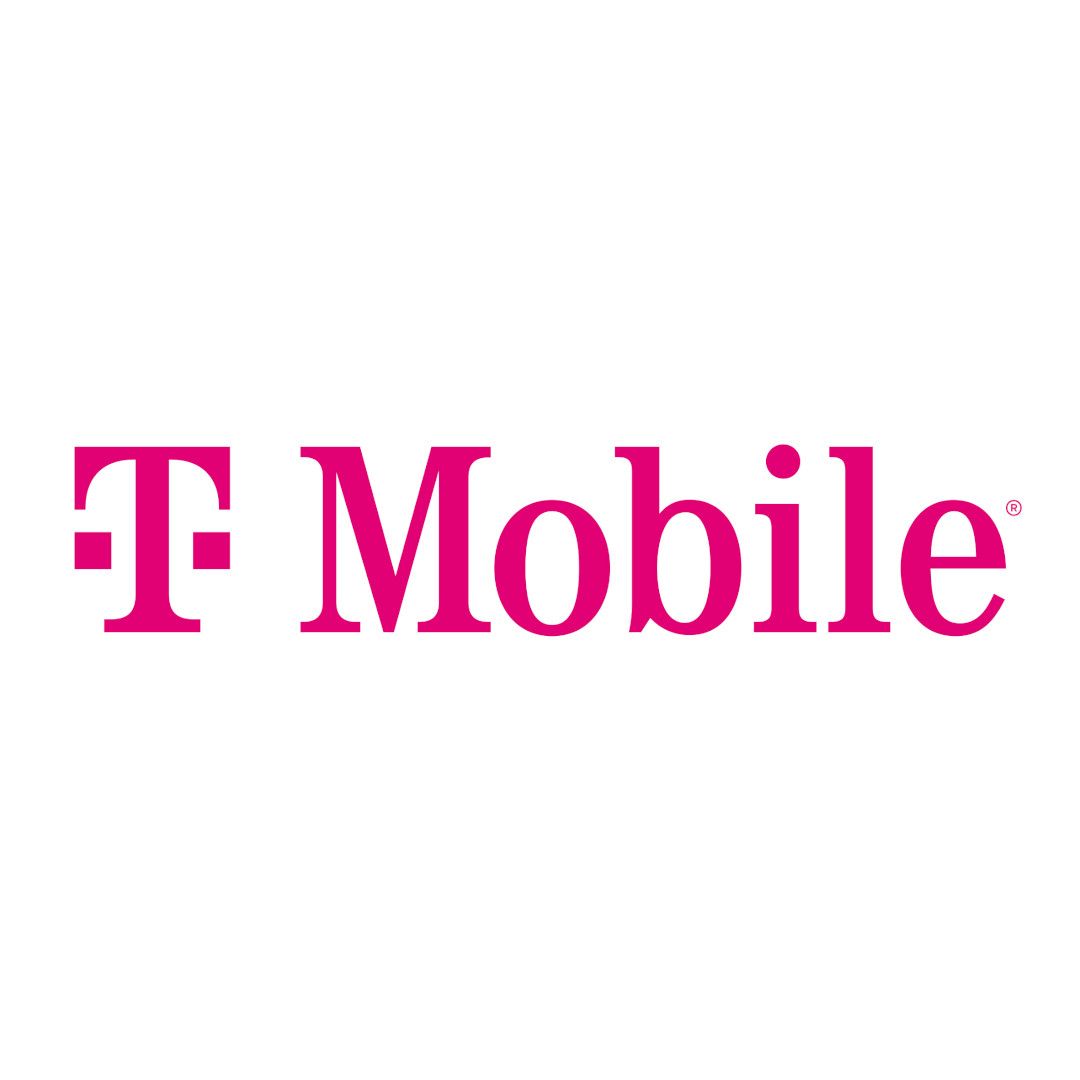
T-Mobile
Reliable choice for heavy users
T-Mobile’s emphasis on unlimited high-speed data and upgrade options on its top plans make it the carrier for heavy users. T-Mobile also offers a solid range of streaming and travel perks on its pricier plans.
Google Fi still has a lot to offer with its Simply Unlimited plan providing plenty of data for most people at a fairly low price. Since Google Fi makes it easy to upgrade or downgrade your plans at will, you can switch to the Unlimited Plus if you’re heading out of the country for a few weeks. Google Fi is also a great pick for tech enthusiasts with multiple connected devices. If you never leave home without your phone, tablet, and smartwatch, it’s nice that they can all stay connected on a single Google Fi plan.

Google Fi
Easily change plans and cover other devices
Google Fi remains a favorite among the nerdier crowd thanks to its easy-to-use app, international data support, and data-only SIM option. If you have multiple devices you want to keep connected, Google Fi is a great choice.




